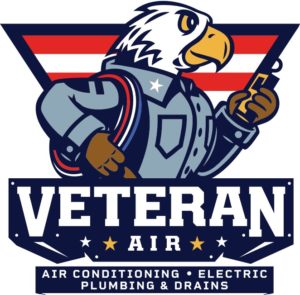When summer’s just around the corner, there is so much to look forward to. But as you make plans and checklists for fun things to do and places to visit, also remember to create a summer air conditioning maintenance checklist.
Without a summer AC tune-up, you can’t depend on your unit to keep out the scorching temperatures and excessive humidity that accompanies the sunny season. Now’s the best time to schedule a professional AC inspection and tune-up. But before the technician arrives, use this summer maintenance checklist below to prepare your unit ready for the blistering temps.
SAFETY FIRST
Before you start any work on your AC, safety should be at the top of your mind. Turn the power off at the switch box that controls your air conditioning system. This will protect you from accidents and give you peace of mind when handling the unit.
INSPECT THE UNIT PANELS
Head to the condenser unit outside and inspect its panels. Check whether any panels are damaged or missing and look for loose parts and screws. See if you can reattach or realign the panels, but if you can’t figure it out, get help from a qualified AC specialist.
CLEAN THE EVAPORATOR AND CONDENSER COILS
The condenser coils are located in the outdoor unit, while the evaporator coils are in the indoor system. They all need proper cleaning before the summer heat strikes. For the outdoor AC system, use a soft brush vacuum attachment to clean up any debris or spray it down with a garden hose. Use a soft brush to clean the evaporator coils.
TRIM AWAY SHRUBS AND OTHER PLANT LIFE AROUND YOUR UNIT
Trim back branches and prune hedges that are within 2 feet around your unit. This will ensure that dead leaves and live shrubs don’t get trapped in the AC system. Also, remember to cut nearby tree branches to prevent them from falling on the condenser during storm season.
INSPECT AND CLEAN THE DRAINAGE LINE
Algae and dirt tend to coat the inside of drain lines and eventually cause clogs. This debris buildup affects the performance of your AC system. Use a rag to clean any standing water and debris from the drain pan and then vacuum the drain line to remove the clog. Next, use a flexible thin brush to scrub the inside of your drain pipe. Finally, rinse it and flash it with vinegar to kill any remaining algae.
CHANGE THE AIR FILTER
You need to clean or replace your filter at least every three months. Clean filters will allow air to circulate freely, ensuring the unit doesn’t struggle to cool down your home when the temperatures are sweltering. Don’t hesitate to consult a certified AC contractor about what kind of air filter you should use.
INSPECT INSULATION LEVELS AND SEAL AIR LEAKS
Your summer AC maintenance checklist should include finding air leaks around your home. To do this, hold an incense stick near windows or door spaces and see whether the smoke moves erratically. You can seal these gaps with weatherproof caulk.
TEST THE UNIT
When you’re done with the cleaning and inspection steps, and everything looks good, turn on your AC unit. Let it run for an hour and feel whether it cools your home adequately. Determine whether the temperatures match the thermostat settings and use a portable temperature sensor to check the accuracy of your thermostat.
SCHEDULE A SUMMER AC MAINTENANCE VISIT WITH VETERAN AIR CONDITIONING
While there are many AC maintenance tasks you can do on your own, some are best left for professionals. Partner with Veteran Air Conditioning to handle sensitive tasks such as checking and refilling the refrigerant, tightening electrical connections, cleaning the ductwork, lubricating moving parts, and performing repairs.
Our Sarasota/Bradenton AC experts have the skills, experience, and tools needed to perform quality summer tune-ups. Get in touch with our licensed and insured air conditioner technicians today!


